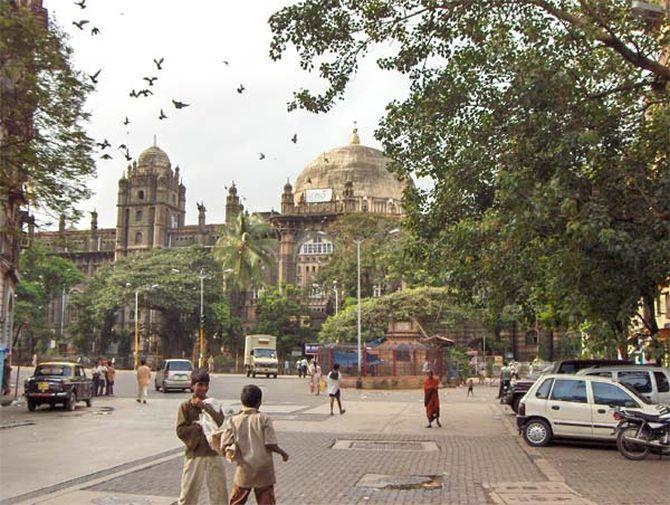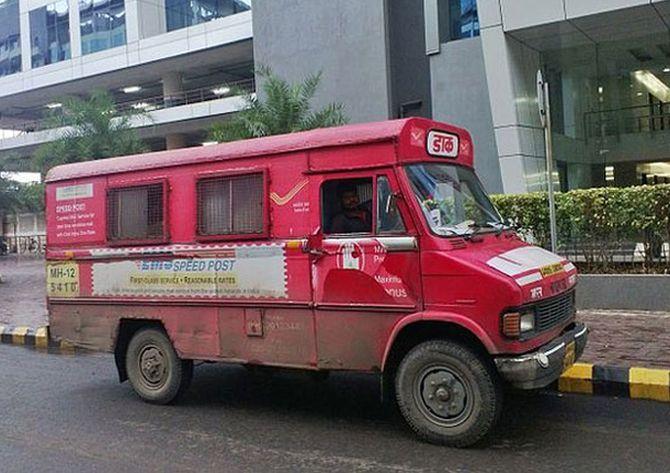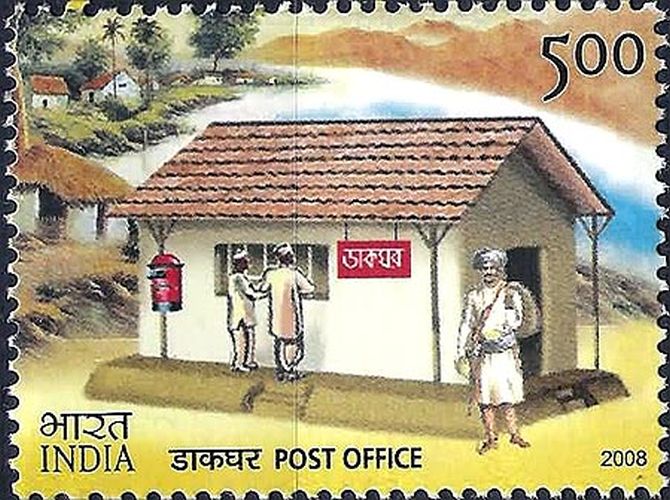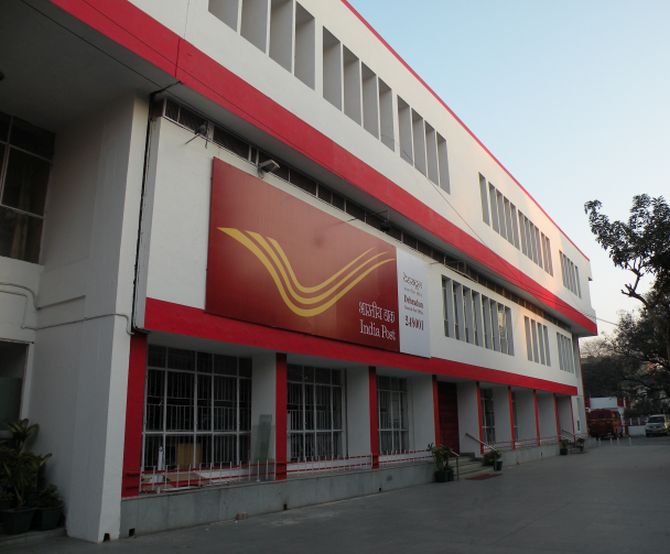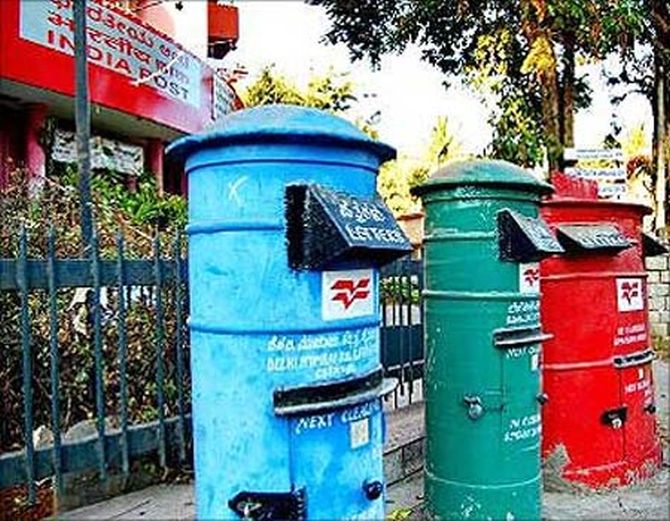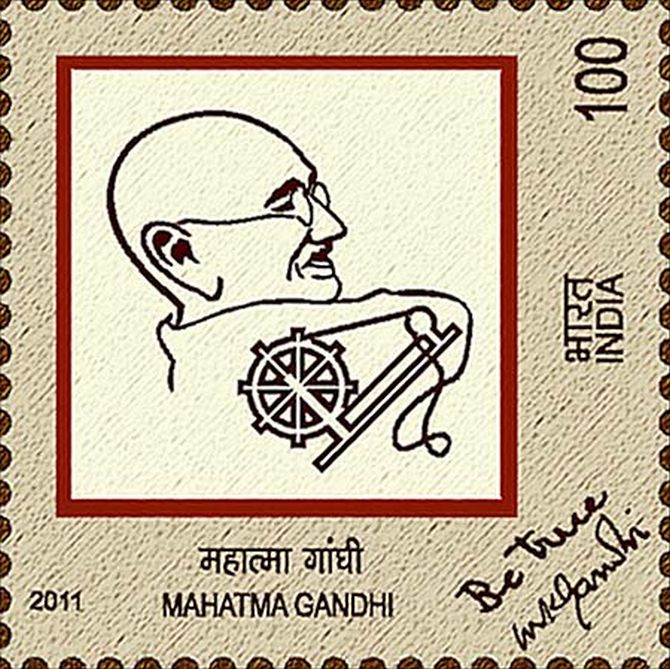 | « Back to article | Print this article |
India Post's banking dream may not see light of the day
It is only a matter of days before the Reserve Bank of India (RBI) announces its shortlist of new bank licensees.
India Post, which has pitched its application on the strength of its unparalleled network spanning 155,000 post offices, is considered a likely candidate for the rights.
However, the state-owned entity may have some trouble living up to its own pitch.
Click NEXT to read more......
India Post's banking dream may not see light of the day
An ambitious technology project that provides last-mile connectivity through 130,000 rural post offices by enabling its postal staff with hand-held devices or micro-ATMs is not expected to find many takers because India Post is handicapped by possibly unworkable contracts for the provider of those devices.
The inability to provide last-mile connectivity may dent the ambitions of the department, which is already fighting opposition to its application due to reasons such as its lack of adequate banking experience.
Click NEXT to read more..
India Post's banking dream may not see light of the day
India Post certainly already has a huge reach -- 25,000 urban post offices will be networked through a core banking solution by the end of 2014, giving it an edge over other contenders.
In comparison, State Bank of India, the country’s largest bank, has around 14,000 branches, while ICICI Bank, the largest private bank, has around 3,000.
Even the 130,000 rural post offices are expected to be connected to the head post offices by the end of the year, however, unavailability of hand-held devices will hamper the department’s aim of disbursing financial services to rural folks.
Financial inclusion, or extending banking services to the far-flung areas of the country is high on RBI’s agenda.
Click NEXT to read more...
India Post's banking dream may not see light of the day
Madan Sabnavis, chief economist, CARE Ratings, says everybody is getting “carried away” with the fact that the postal department has so many branches in rural areas but “it’s a bit of a misnomer”, as their physical infrastructure may not be adequate.
Also, the staff may have to be trained significantly to carry out banking operations. “So, many of their branches are not usable and their staff may need to convince rural people about opening deposit accounts. I am not sure if they are equipped to carry out regular banking operations,” he says.
Click NEXT to read more......
India Post's banking dream may not see light of the day
According to executives at top software services firms and consultants directly aware of the matter, the project has been tendered thrice and may not garner much interest this time, too, due to rudimentary specifications and unfeasible contractual terms and conditions.
It was meant to provide dak sevaks in rural areas with hand-held devices, on which applications will be installed and banking operations can be carried out on the doorsteps of the consumers.
The first time, India Post had awarded the Rs 1,560-crore (Rs 15.60 billion) contract to Sai Infosystems but had to retender it as the promoter of the company went absconding last year due to huge accumulated debts.
Click NEXT to read more....
India Post's banking dream may not see light of the day
The department now wants the system integrator to lease the equipment to India Post and also take care of its service and maintenance for five years.
At the end of the five years, the equipment will be handed over to the department for Re one.
An executive with a software services firm says his company has decided not to bid for the project.
He adds that India Post wants the assets to sit on the company’s books, and since it is such a large project the delivery and maintenance have to be meticulously planned.
And, because the devices are hand-held, the scope for damage or loss is also high. “They propose to pay us in a deferred way on a yearly basis, but so much of our funds are already outstanding with the government, we are not risking more.”
Click NEXT to read more...
India Post's banking dream may not see light of the day
The contract to build the software applications that can be used on hand-held devices by postmen to enable operations such as money transfer, bank accounts and insurance was given to Infosys in 2011.
It was one of the first projects to be given out by India Post as part of its modernisation plan. However, the project cannot be completed till the hardware is in place.
“The raison d’etre for the modernisation exercise was the fact that last-mile connectivity was always a problem for India Post,” says another executive with a software services company. “So, it is a bit of a bummer,” he adds, especially in light of the department’s plans to operate as a full-fledged bank now.
Click NEXT to read more.....
India Post's banking dream may not see light of the day
An India Post official says the project had been pushed back from its original deadline.
It is now expected to be completed by the middle of 2015 against the original deadline of the end of 2014.
Another official concedes the project had to be re-tendered due to stiff conditions, which have been relaxed now. “The contract has also been divided into five-six clusters to make it more manageable for vendors,” said the second official.
Two of the country’s five biggest IT service providers confirmed to Business Standard that they were not bidding for the project. The current deadline for the bids is the end of the month.
India Post's banking dream may not see light of the day
PILLAR OR POST?
*155,000: India Post’s network of post offices across India
*130,000: Number of rural post offices, which are planned to offer door-to-door services by enabling postal staff with hand-held devices or micro-ATMs
*25,000: Number of urban post offices that are to be networked through a core banking solution by the end of 2014
*14,000: Number of branches operated by State Bank of India, the country’s largest bank
*3,000: Number of branches operated by ICICI Bank, the largest private bank, across India
